15 unmissable computing highlights from Computex 2016
From deca-core CPUs to monster gaming laptops
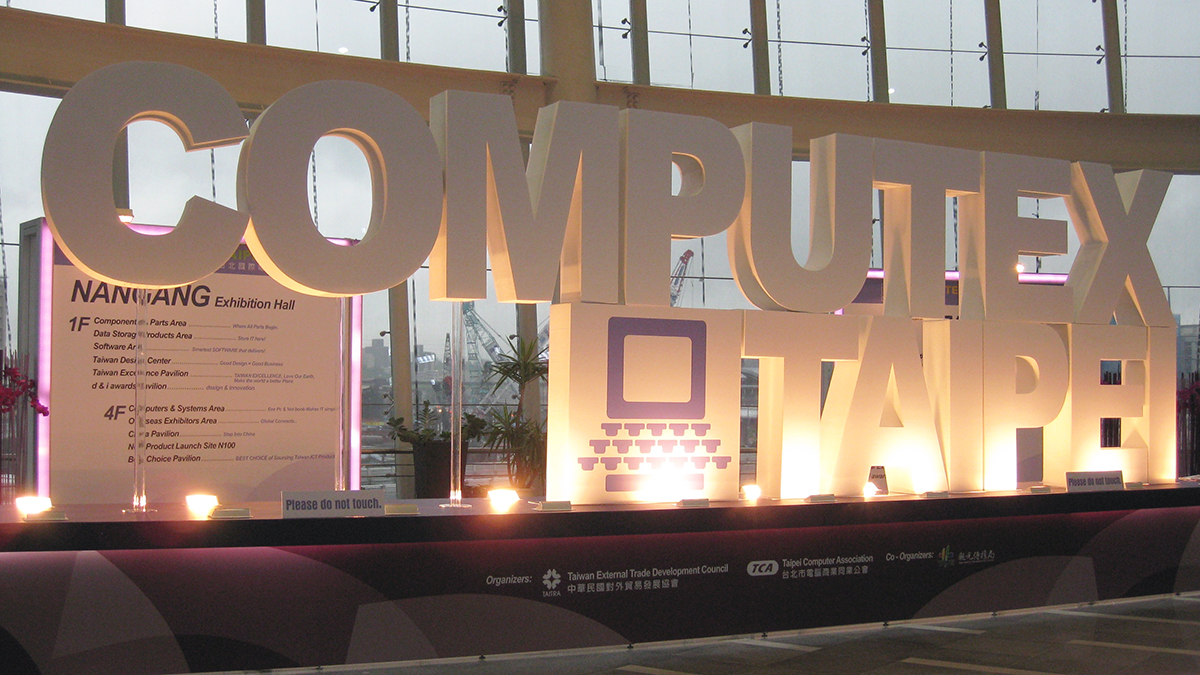
This year was all about power
Update: We've added a video highlight reel of our favorite products and coolest things from this year's Computex
The 36th Computex has returned with a bang in Taipei, Taiwan, unleashing some of the most powerful desktop PCs and gaming laptops we've ever seen. Vendors including Nvidia, AMD and Intel have been pushing their next-generation processors and graphics cards, resulting in one of the most interesting events in years.
Need an SSD the size of a fingernail? No problem. How about a backpack to go with your HTC Vive and VR-ready gaming PC? Computex currently has two of them doing the rounds.
Click (or tap) on ahead to take a look at some of the best pieces of hardware from the show floor. And while you're at it make sure to watch our highlight reel of everything that was Computex 2016.
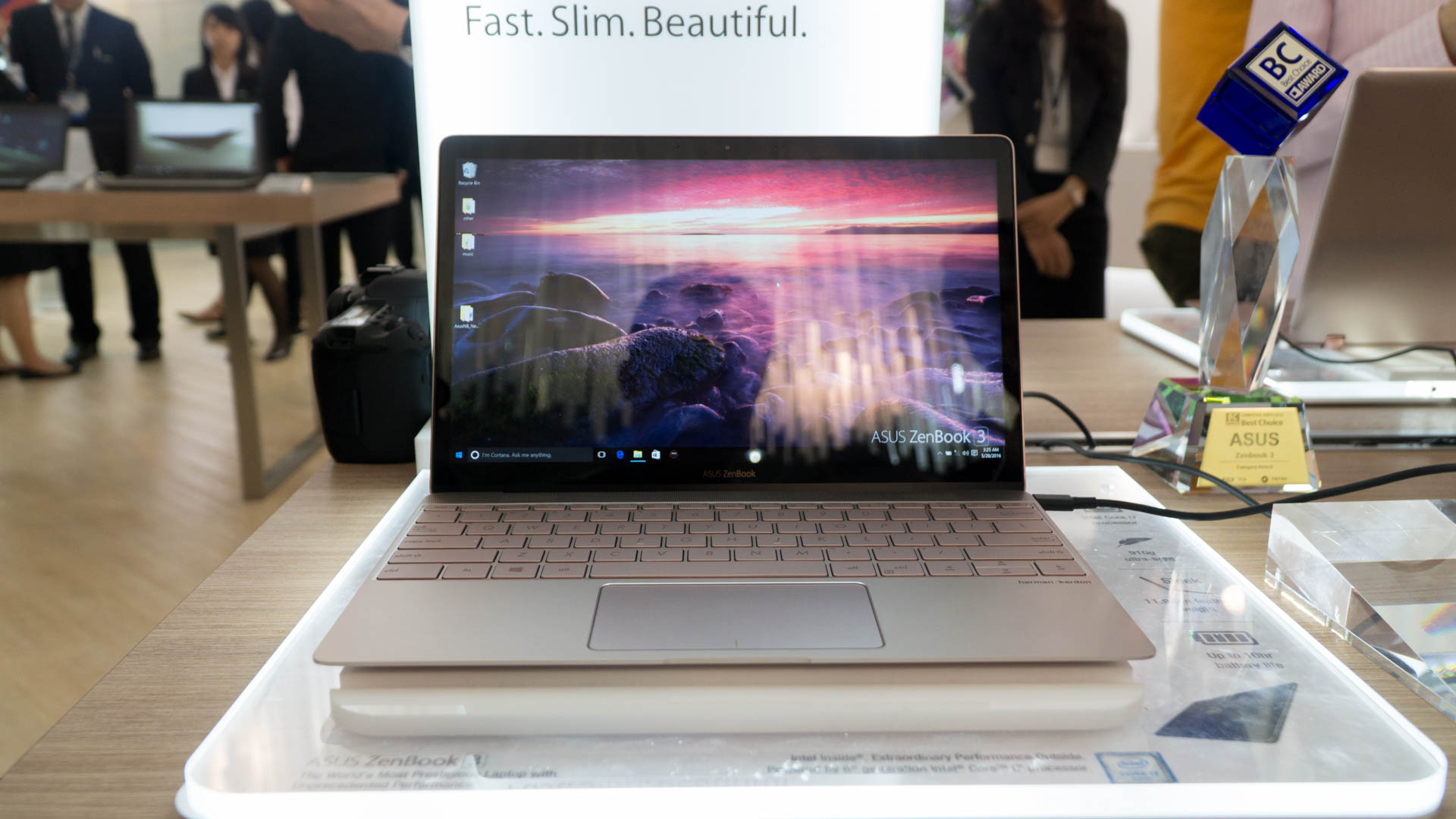
Asus ZenBook 3 one-ups the MacBook
Calling all OS X die-hards: are you ready to question your allegiance? The 12.5-inch Zenbook 3 is thinner and lighter than Apple's MacBook (yes, the skinny 12-inch model) while packing Intel's Core i7 processor, 16GB of main memory and a capacious 1TB PCIe SSD.
There's only a 1080p display, but on the plus side Asus claims it'll help the battery run for up to nine hours on a single charge, while going from empty to 60% in just 49 minutes. A portable powerhouse that lacks a few pixels, then.
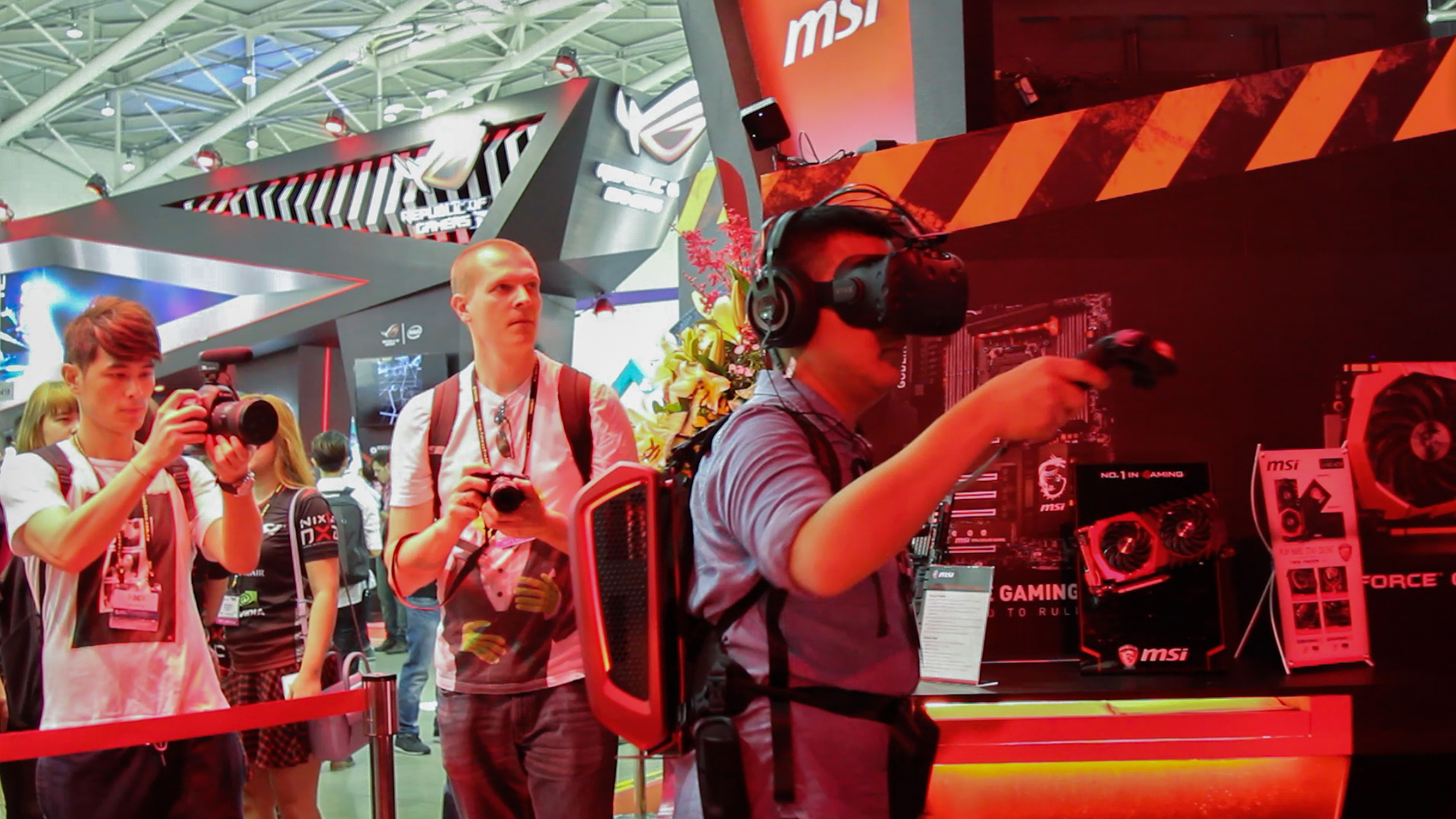
MSI's Backpack PC makes VR mobile
Until the Oculus Rift and HTC Vive advance to the point that they're wireless, that cable snaking from your VR headset to your PC is going to be a trip hazard. To combat this, MSI has unveiled the Back Pack PC.
Not only does it make you look and feel like a Ghostbuster, it allows you to spin freely and make the most of the Vive's room-scale VR experience without landing flat on your back. It lasts for around 150 minutes before running out of juice, which is enough time to power through any of the best VR games.
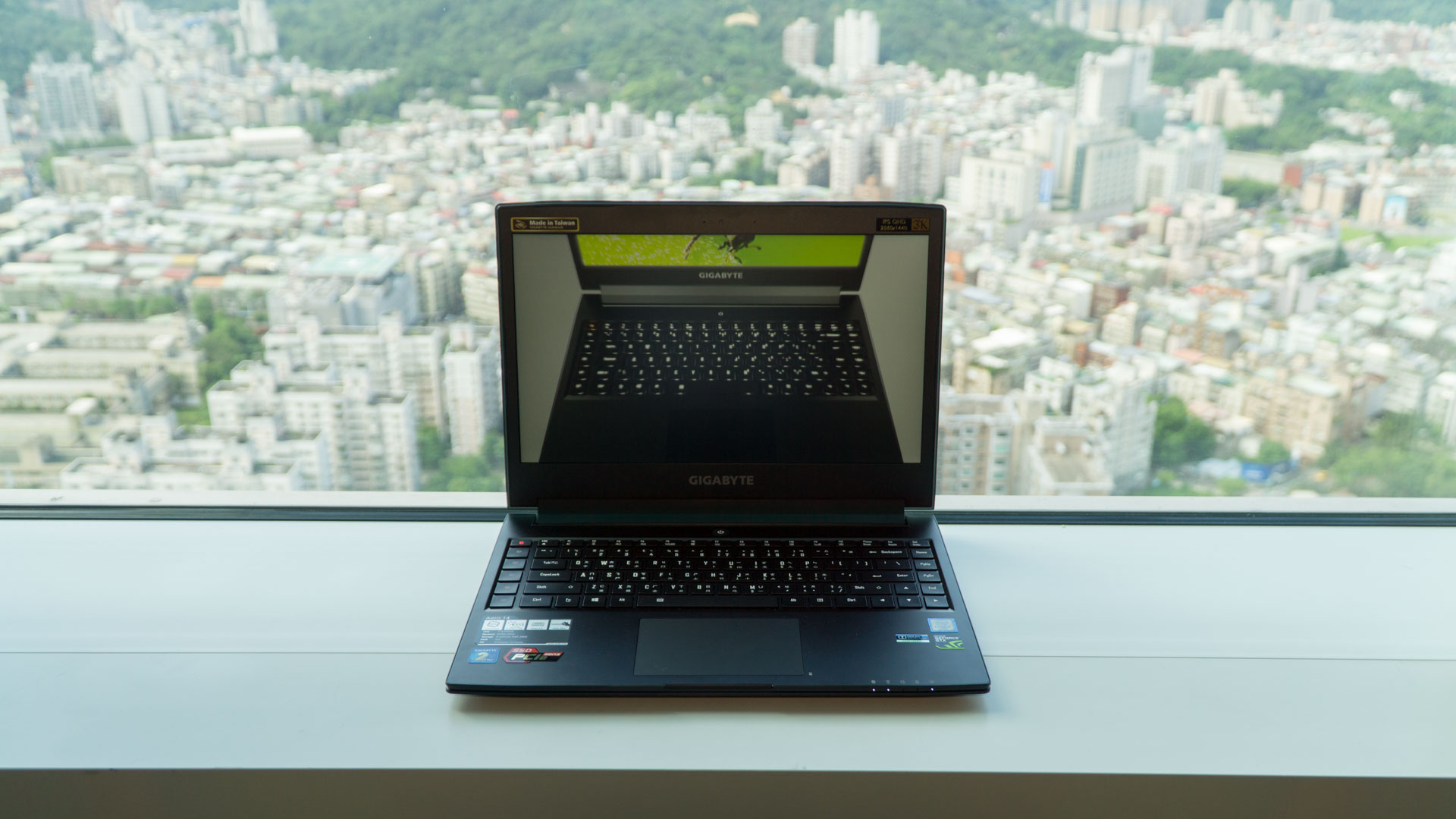
Gigabyte Aero 14 is a serious gaming Ultrabook
Gigabyte has left things to its subsidiary Aorus to engineer svelte gaming laptops – until now. The company's first gaming Ultrabook packs the goods, thanks to an Nvidia GTX 970M and Intel Core i7 H-series processor inside.
That's all wrapped up in an all-metal frame that measures just 19.9mm thick. If it lives up to Gigabyte's 10-hour battery life claims, the Aero 14 will have Razer and other rival laptop makers running scared.
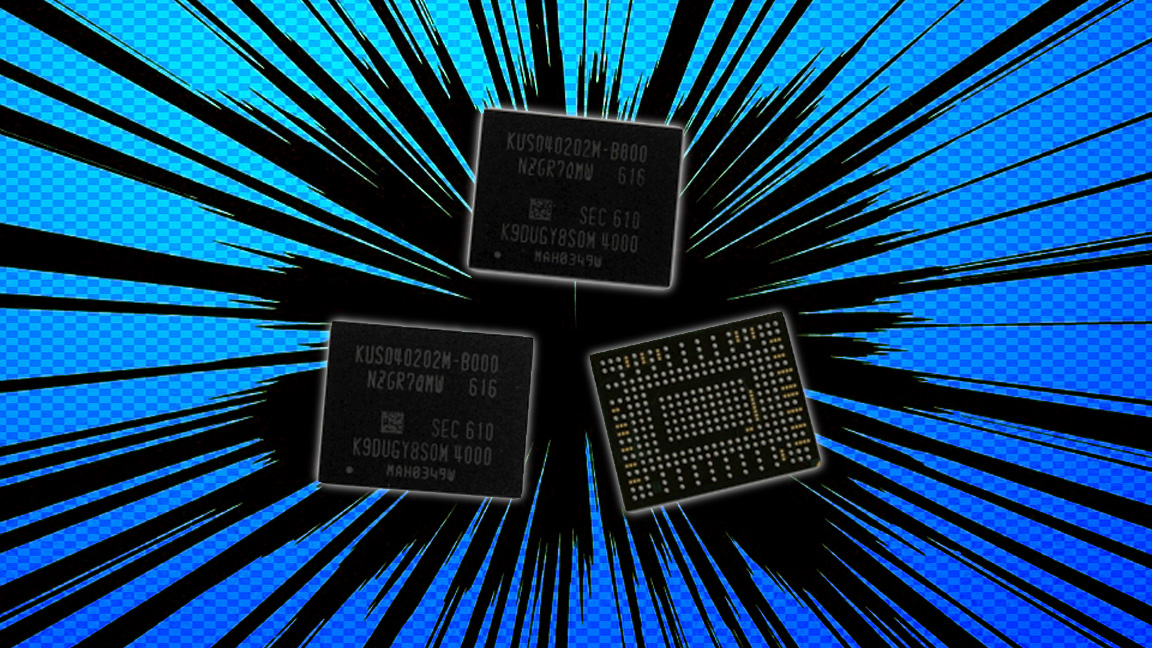
Samsung's PM971-NVMe SSD goes smaller than ever
Honey, Samsung shrunk the storage! The not-so-snappily named PM971-NVMe is a tiny fingernail-sized SSD that stores a huge 512GB of data. It's fast too, capable of transferring a Full HD movie in three seconds according to its maker.
The PM971 is the first drive of its kind, one that squeezes several chips onto a single ball grid array to achieve its diminutive size. Expect to find it in high-end PCs and laptops soon.
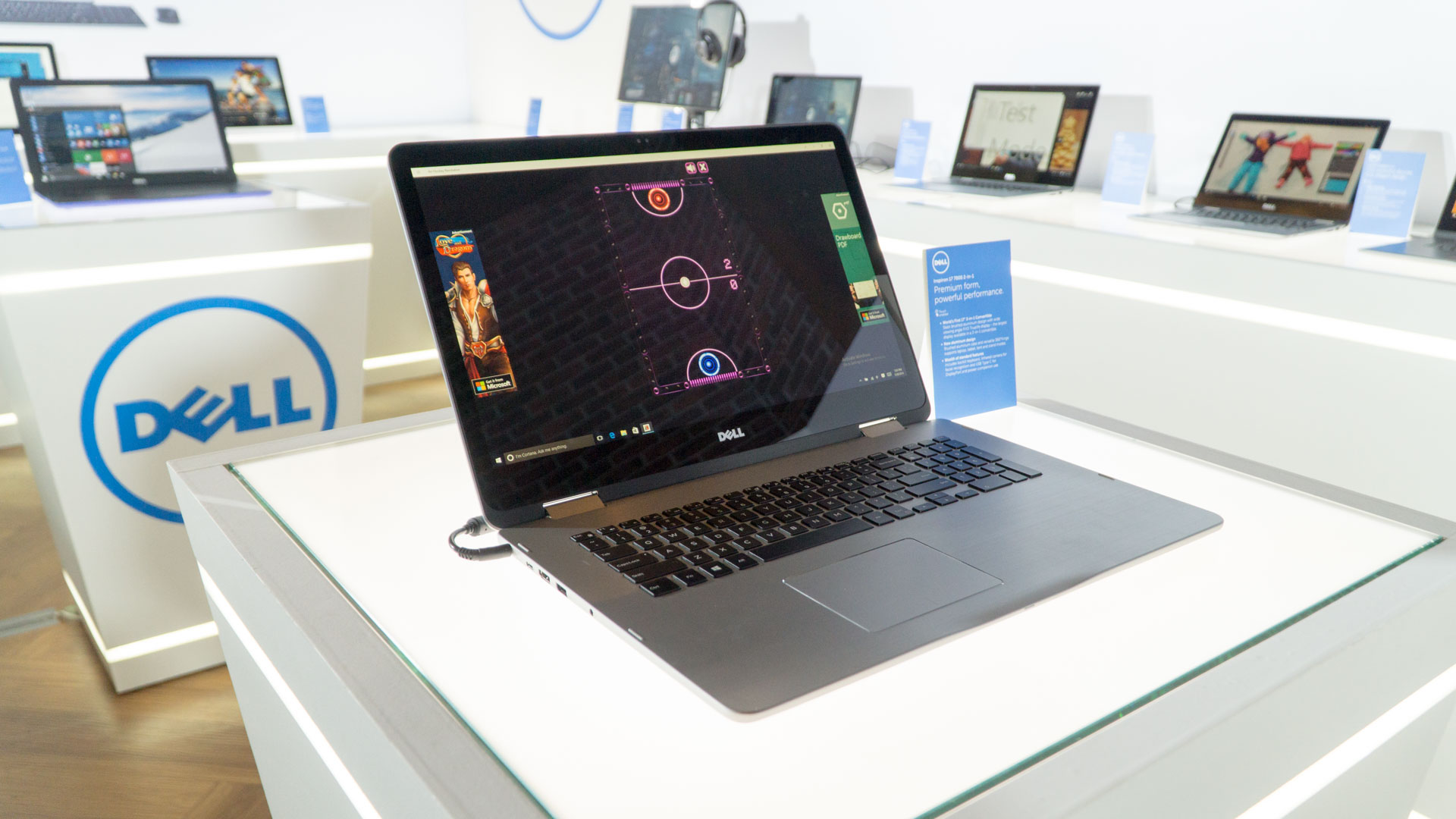
Dell Inspiron 7000: the first 17-inch 2-in-1
If you're looking to go large with your next hybrid, Dell's Inspiron 7000 could be the ticket. The 17-inch convertible notebook is the sort of laptop that was made for living room board game night, thanks to its large, rotating touchscreen.
Intel's Core i7 processor should ensure any Windows app runs buttery smooth. Finally, the inclusion of a USB-C port means you can charge your smartphone while you're duking it out over a game of air hockey.
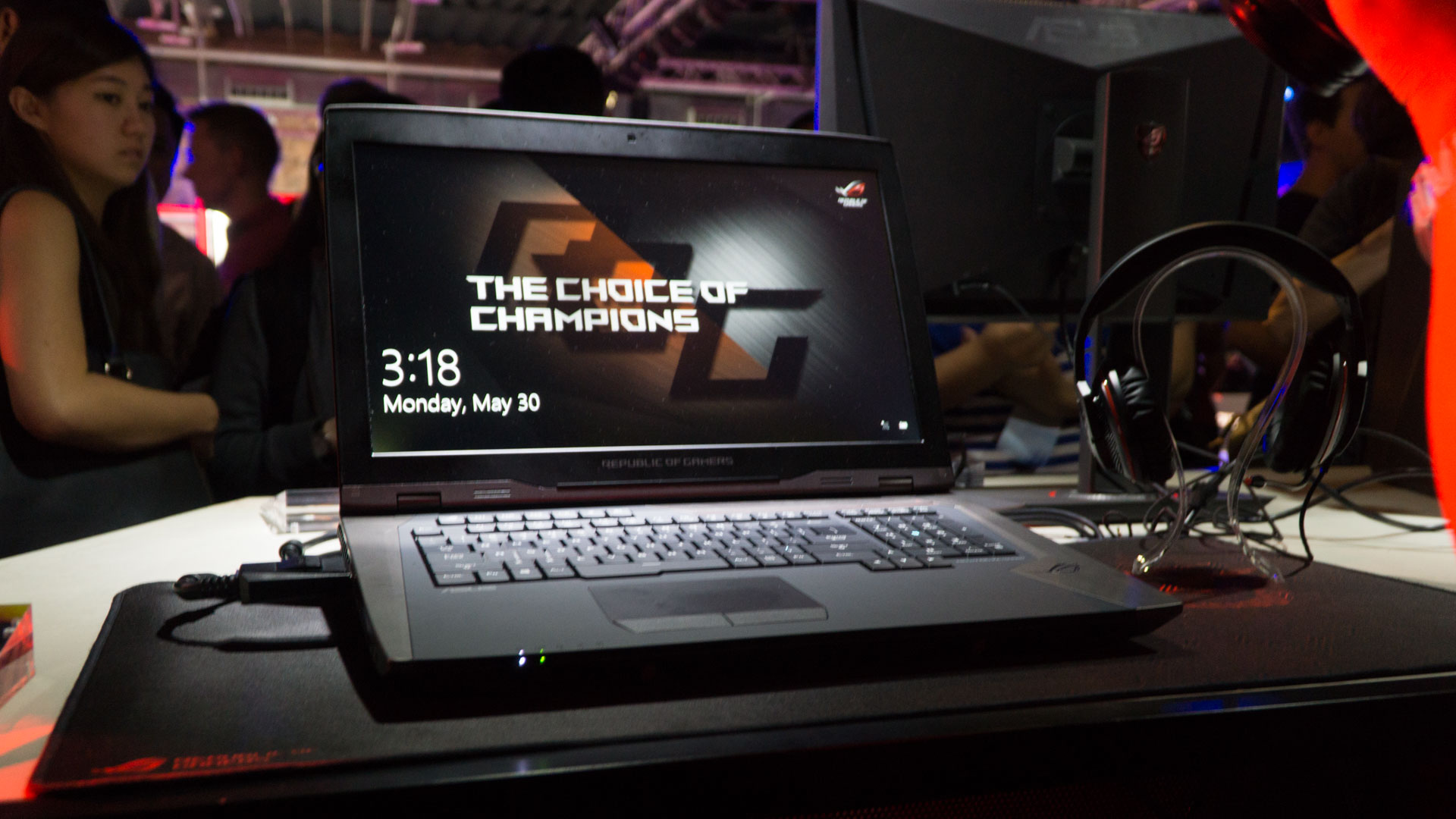
Asus ROG GX800: a juggernaut gaming laptop
Following on from its insane liquid-cooled GX700 laptop, the ROG GX800 has reclaimed the title of the most powerful gaming laptop in the world. Asus' words, not ours.
It can be configured with top-of-the-line specs, including a 4K display, mechanical ROG keyboard with multi-color RGB backlighting and twin GTX 980 GPUs to tear through any game. Of course, it also comes with a liquid-cooled, Thermo Hydro Clocking unit clamped onto the back to cook up some tasty overclocks when the action heats up.
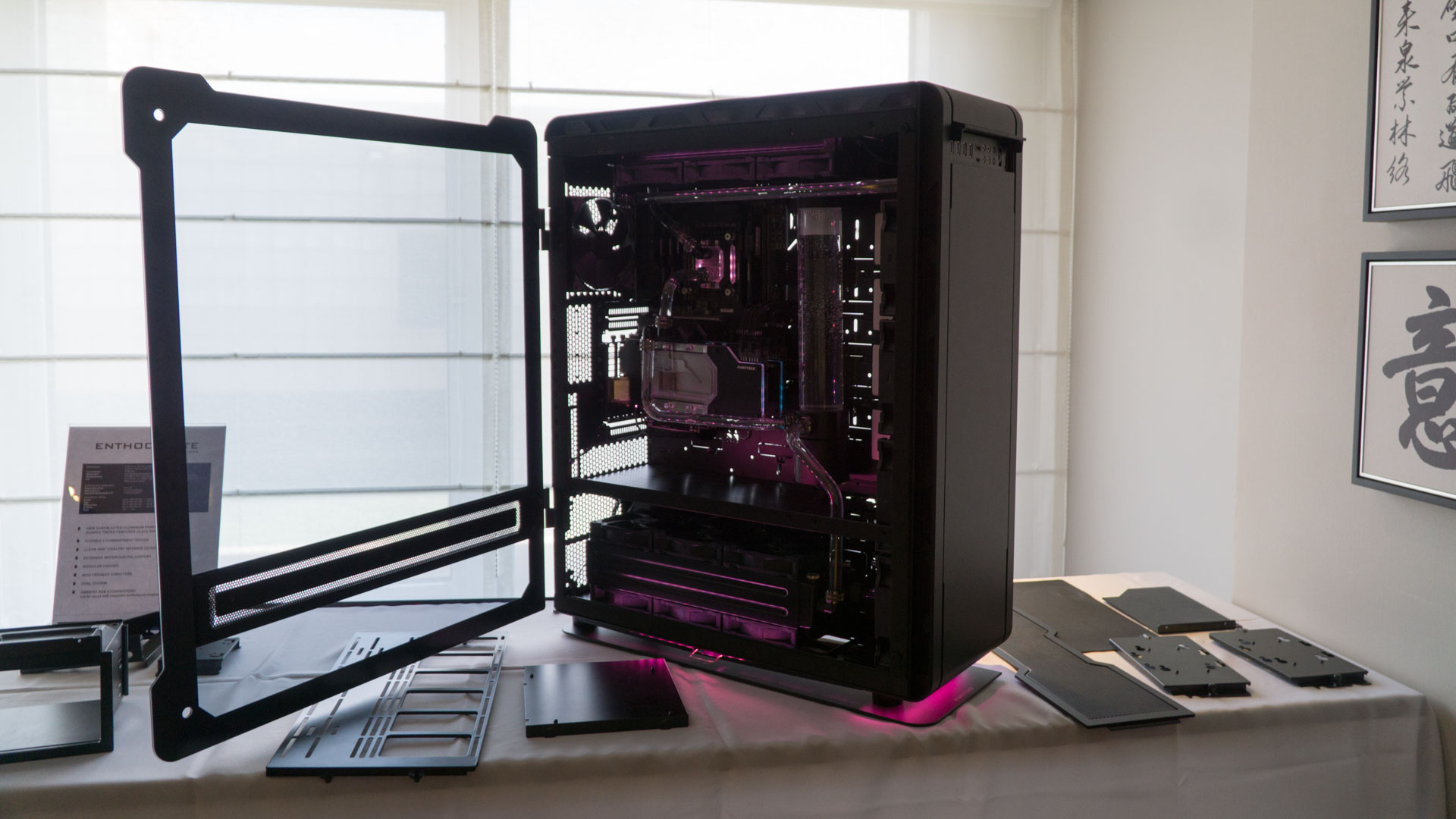
Phankteks Enthoo Elite shows off straight up power
With VR in full swing, now's as good time as any to finally build that killer gaming rig. Phanktek's Enthoo Elite is one of the more extreme options when it comes to a case, featuring enough room to squeeze in an E-ATX motherboard in its big belly while gobbling up a second Mini-ITX case for desert.
It has all the mod trappings, including customizable RGB lighting, room for an internal liquid-cooling solution and plenty of HDMI ports to hook up your VR headset of choice.
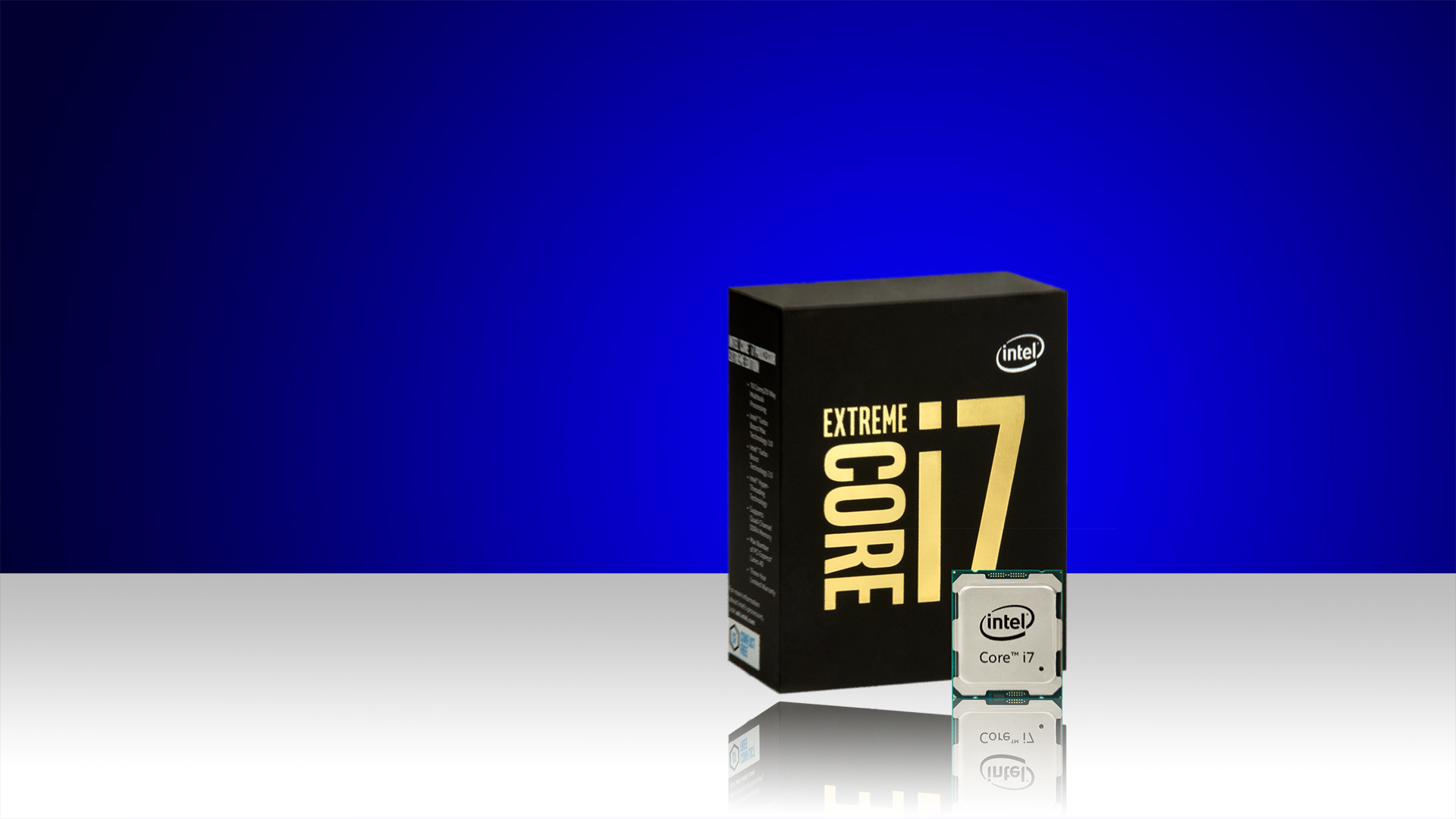
Intel Broadwell-E goes deca-core
Computex has for a long time provided a platform for companies to release their beefiest products, and this year is no exception. Intel's new 10-core Broadwell-E Core i7-6950X promises to eat every other CPU for breakfast.
That's including the chipmaker's previous-generation Haswell-based Core i5 5960X, which is 35% slower in comparison, according to its maker. The 6950X uses new 14-nanometer, Tri-Gate 3D transistors and benefits from Intel's TurboBoost Max 3.0 tech that pushes threads and cores to the limit.
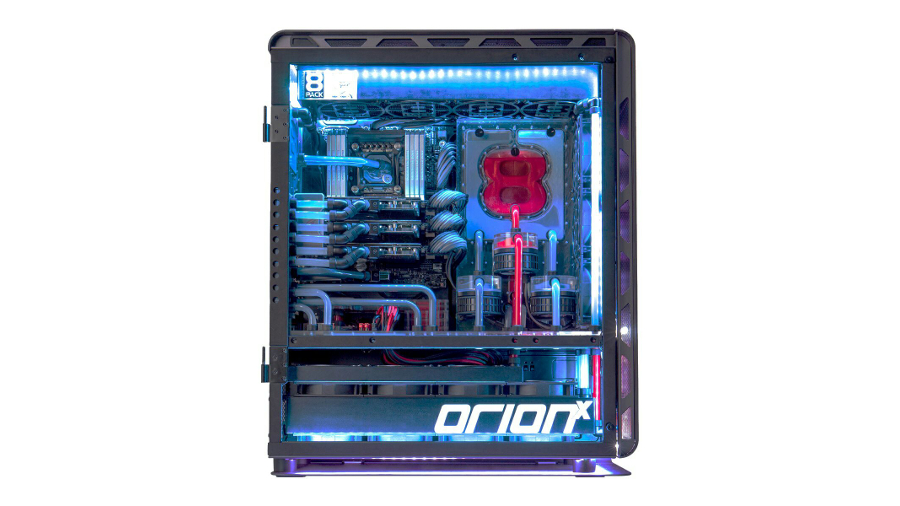
Overclockers OrionX is on the bleeding edge
We're no stranger to Overclockers' 8pack range of high-end gaming systems (check out our review of The Asteroid). Called the OrionX, the company's latest rig is typically cutting-edge, featuring Intel's 10-core Broadwell-E 6950X processor tucked away inside Phantek's Enthoo Elite case.
Graphics might is is provided by a triple whammy of GTX 980Ti cards which are kept cool by the internal water-cooling pipeworks inside. Just gnarly.
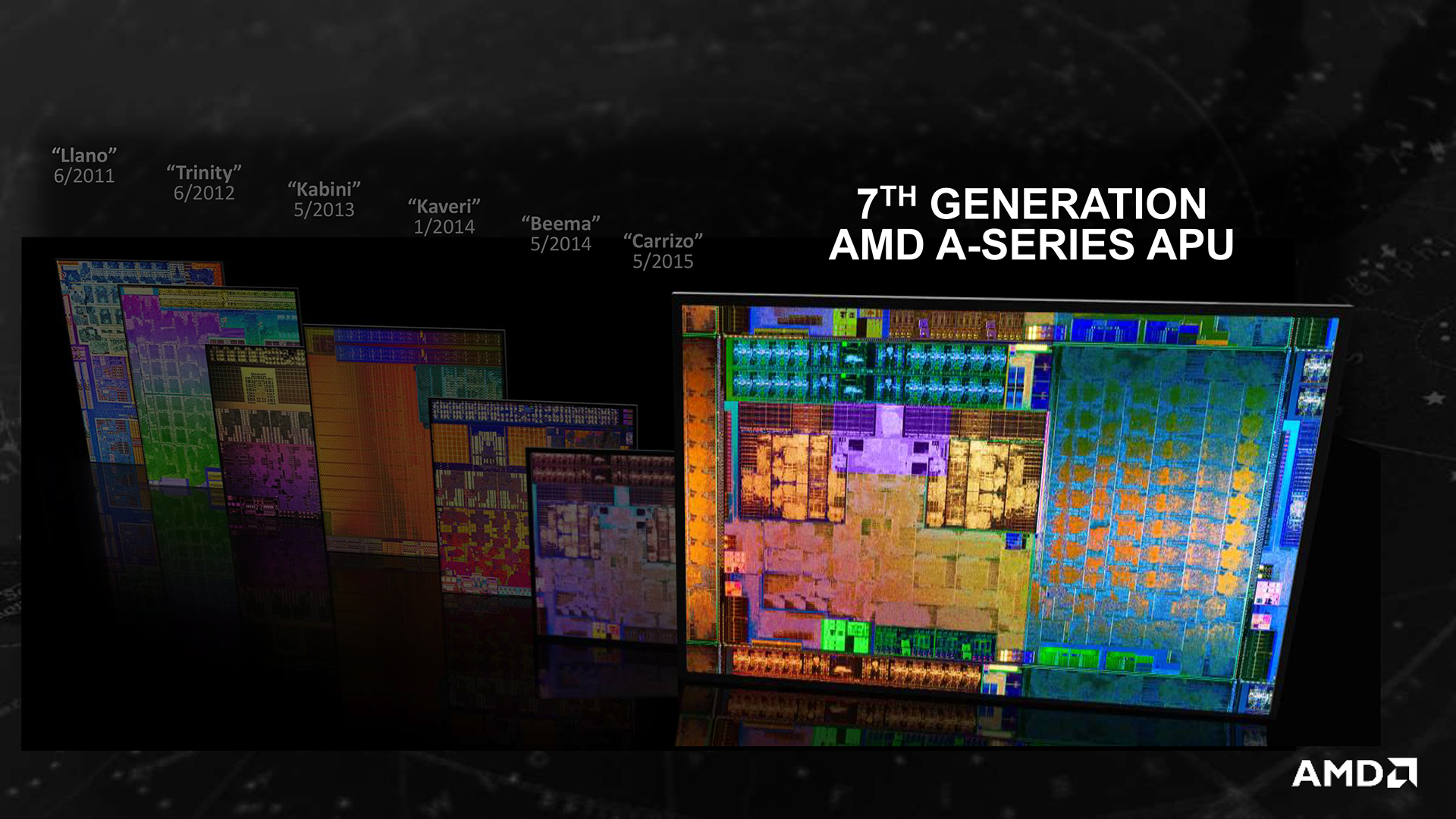
AMD Bristol Ridge heats up the game
AMD's latest system-on-a-chip is literally hot stuff. Thanks to a new Skin Temperature Aware Power Management feature, the company's 7th-generation architecture can run at a higher temperate to eke out up to a tenth more performance.
But, watch out for it toasting your lap. AMD reckons that Bristol Ridge APUs perform 20% faster than Carrizo-based ones, while offering up to 37% more GPU performance and 12% better energy efficiency.
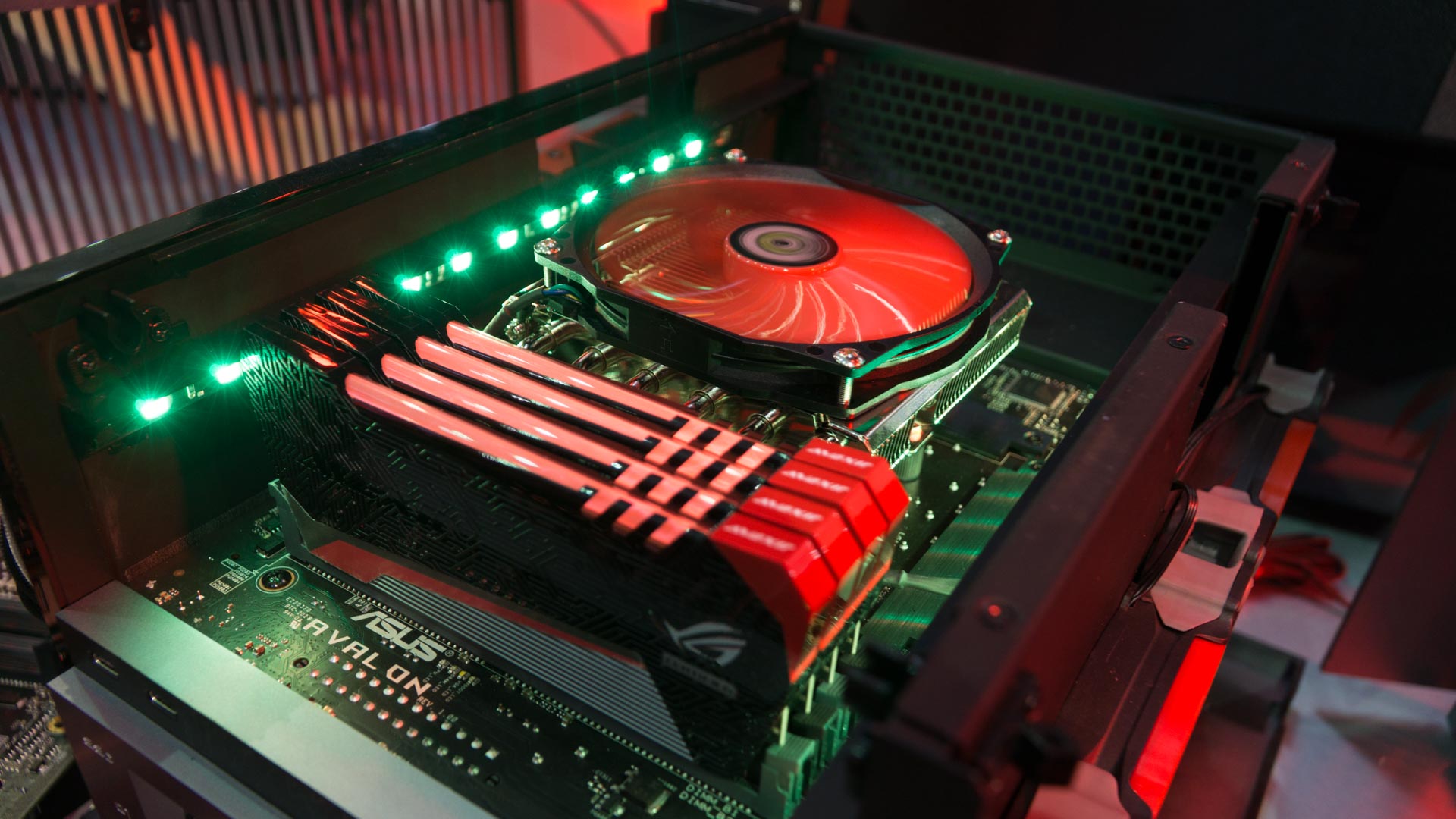
PC building goes modular to eliminate the cons
Nearly every computing device has a modular version. Project Ara lets you build a phone out of blocks, Acer has its Revo mini PC and Lenovo even offers a modular ThinkVision monitor. With Project Avalon, Asus is making sure gaming PCs aren't left out in the cold. It takes a modular approach to PC building that's designed to make upgrading your rig easier by letting you easily slide components such as the GPU, CPU and motherboard into place.
It isn't without one or two proprietary connectors, but it sure does look easier than fighting your way through a tangle of poor cable management to shoehorn a component into a badly designed case. It's a little too early to tell whether Project Avalon is the future of PC building, but it's shaping up to be an intriguing alternative.
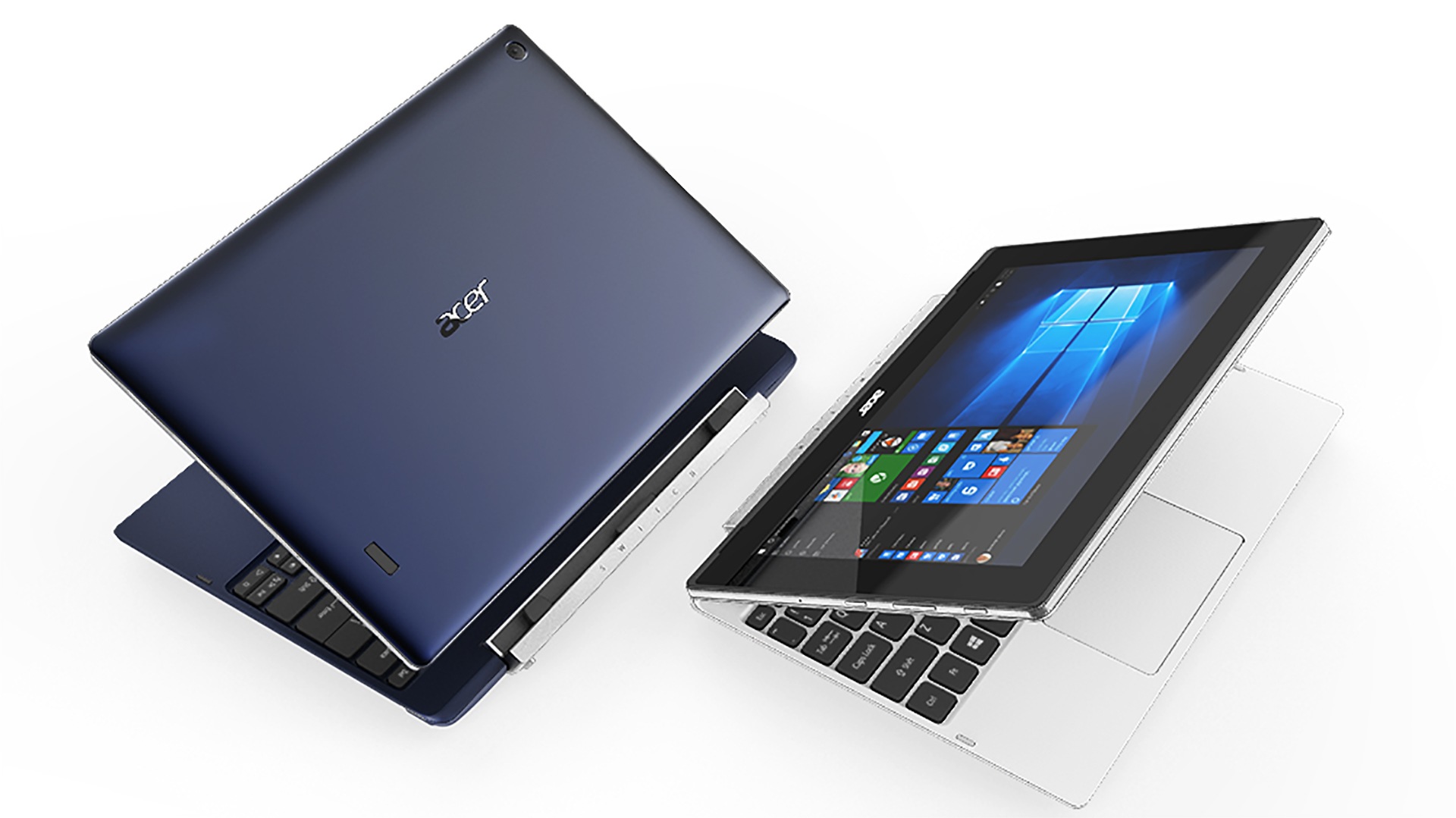
Acer switches it up with added storage
Breaking the trend of insanely powerful computers at this year's Computex is Acer's fabulously stylish Switch V 10 hybrid. Mini Windows convertibles have been ten-a-penny in recent years, but this latest effort stands out thanks to its all-metal clamshell body and Gorilla Glass 10-inch touch panel.
Its multi-talented keyboard is magnetic and can be detached with a sharp tug while also housing a 500GB hard drive that complements the Switch V's 32GB or 64GB of internal storage. Two USB 3.0 and a USB-C connection rounds off this modern mini convertible.
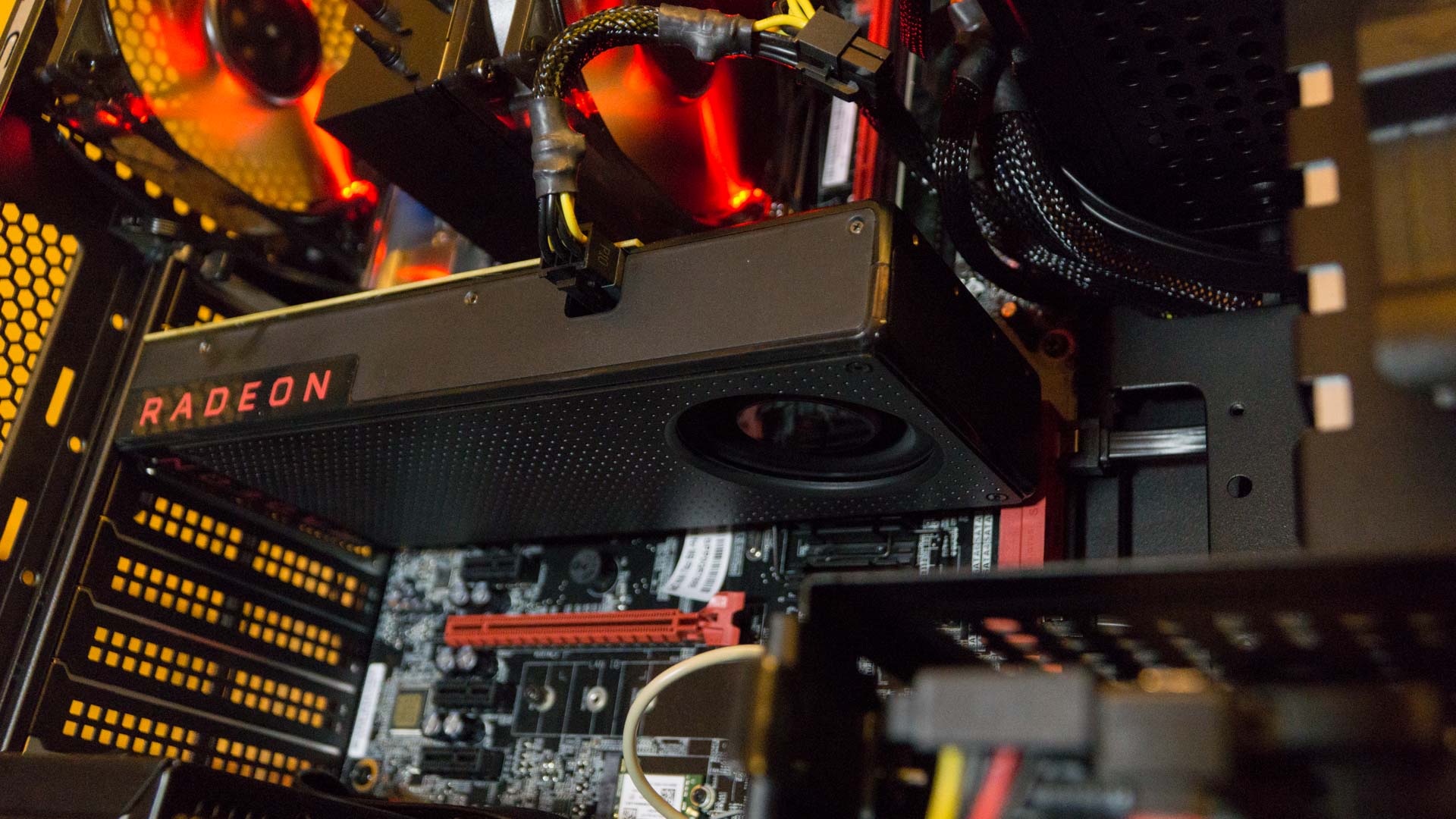
AMD lights up the VR war at the low-end
AMD's new graphics card is about to make doing VR on a budget that bit more achievable. In typical AMD fashion, the RX 480 aims to provide the graphics muscle of more expensive discrete GPUs while retailing with a comparatively wallet-friendly price tag.
At $199 (around £135 or AUS$275), it's around the same cost as Nvidia's GTX 950, a card that falls way short of the GTX 970 that Nvidia recommends for running VR. However, the RX 480 is is backed by AMD's new 14nm FINFet Polaris architecture, runs at more than 5 Teraflops (5.5 if rumors are to be believed) and is the first of its kind to come HTC Vive and Oculus Rift certified. Your turn, Nvidia.
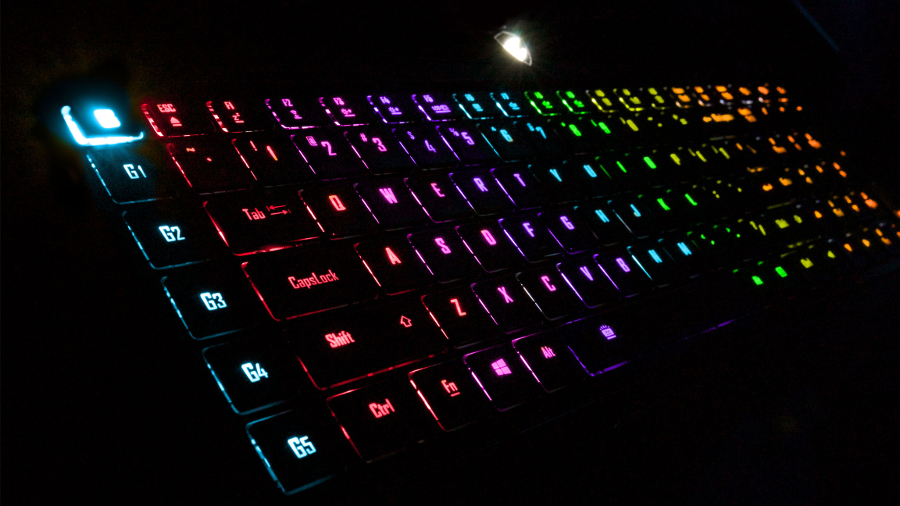
Is this the prettiest GTX 980 laptop yet?
What do you give a laptop that has everything? An RGB Fusion keyboard, apparently. That's right: the rainbow effect that lights up just about every modern mechanical keyboard can now be had on one of the beefiest laptops around: the Aorus X7 DT.
On the latest version, its keys can light up with some 16.8 million colour variations, which seems a little excessive. In fact, we'd be happy just to light up our WASD keys a dark shade of maroon and be had done with it. With a full-fat Nvidia GTX 980 graphics card inside, Aorus' VR-ready machine not only looks the part, it can deliver the gaming goods too.
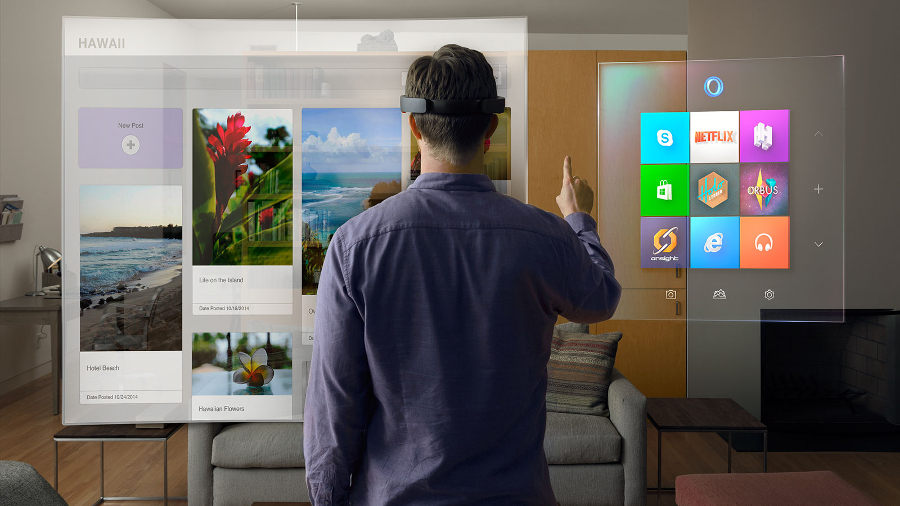
Windows Holographic expands AR's horizons
Microsoft's HoloLens augmented reality headset has one big problem: a limited field of view, which seriously reduces the size of the 'monitor' overlay that you can see in front of your eyes. However, it looks like a solution could be incoming. Terry Myers, Microsoft's Executive View President of Windows & Devices, told TechRadar at Computex that, "There will be partners who build products with wider field of views with Windows Holographic. I'm certain of that." Hoorah!
With a number of Microsoft's partners including HTC, Asus, Dell, MSI and Lenovo already supporting Microsoft's Windows Holographic platform, it's a relief to hear that future headsets won't be restricted by the narrow field of view that HoloLens suffers from. Finally, we can sleep soundly at night.
